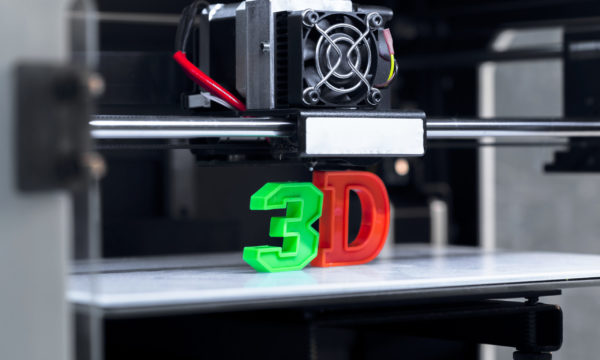New Way Air Bearings has long been a friend to high precision industries, namely semiconductor manufacturing, flat panel display production and the associated quality processes which they necessitate. Today we want to focus on an adjacent industry which stands to reap immense gains from the benefits of Frictionless Motion®️: LCD production. But what does LCD stand for, why is this industry important, and how do air bearings factor into the equation? Keep reading to find out.
What is an LCD?
LCD stands for Liquid Crystal Display, which is a variety of flat panel displays used in everything from microwaves to watches to high-resolution screens. They are thinner, lighter, and draw far less power than over varieties of screen, making them ideal for consumer electronics. Depending on the level of complexity required, these displays can be simple black-and-white and need a backlight, or offer full color and high definition.
Liquid crystal displays use the properties of electrically sensitive liquid crystals to generate images. As current is applied, the crystals align relative to the field, blocking or allowing light to pass through. For the most complex displays, this light then pases through tiny filtered squares of the screen colored blue, green or red. These are the pixels which we commonly understand to be the basic units of screen resolution. Taken in aggregate, the current applied across the screen in a defined pattern produces the resulting image.
The LCD market is not a small one, with a valuation of approximately 164 billion dollars in 2020, and an expected growth to 223 billion by 2026. Along with the rest of the electronics industry, LCD production is susceptible to the supply chain instabilities which are currently engulfing many high tech industries. These bottlenecks can take the form of external factors like raw material shortages or shipping delays, as well as internal considerations such as process inefficiencies, material defects and quality rejections.
The Benefits of Porous Media for Flat Panel Displays
 Here at New Way, we’ve spent decades leveraging the unique capabilities of our Porous Media Technology™ into improving the speed, quality and reliability of manufacturing processes, and the LCD market is no different. For an industry which requires strict adherence to cleanroom protocols, around the clock production, and delicate material handling, Porous Media air bearings are the secret to even greater success.
Here at New Way, we’ve spent decades leveraging the unique capabilities of our Porous Media Technology™ into improving the speed, quality and reliability of manufacturing processes, and the LCD market is no different. For an industry which requires strict adherence to cleanroom protocols, around the clock production, and delicate material handling, Porous Media air bearings are the secret to even greater success.
Cleanroom Compliance
Cleanroom compliance is of the utmost importance in manufacturing LCDs. If you can’t meet cleanroom standards for particulates per cubic meter, almost all of your other process metrics are meaningless. ISO 9001 defines the standards for cleanroom compliance, from ISO 9 which permits 35,200,000 particles of 0.5 𝜇m/m3 down to the incredibly stringent ISO 1 of only 10 particles of 0.1 𝜇m/m3.
Owing to the microperforated structure of our porous carbon bearing faces, and the fact that our bearings feature no dynamic components capable of ejecting material into the environment, our bearings are inherently cleanroom compatible. In our own internal testing, our bearings handily exceed ISO Class 3, and even meet ISO Class 1 standards, allowing only 3 0.1 𝜇m/m3 into the test chamber, when normalized for volume.
Seamless Conveying
Air bearings provide unique methods of transporting glass substrates through the combined application of positive and negative pressure. Our Air Bars have found a home in the Flat Panel Display (FFP) manufacturing sector for their ability to rapidly move large sections of glass safely at high speed. Positive pressure through the bearing floats the glass above the carbon surface, while careful application of vacuum pressure allows you to dial in flatness control and maintain control of the material even during high speed transit.
In such a precision-minded field where even miniscule defects can mean a part fails quality checks, it’s understandable to question how well a new system plays with the material it’s meant to transport. This is the beauty of porous bearings. When guiding a stage, the bearings do not contact their guide surface, and the same goes for a material floated on top of them.
Crash Resistance
In the event of power failure, the bearing will slowly depressurize and cause any material being transported to gently settle down. Additionally, owing to the compressible nature of the Porous Media, the bearing face will act as an ablative layer, absorbing any damage and leaving your guideway or product unscathed.
Porous media air bearings offer numerous effects to many other facets of the LCD process. Our flat round air bearings were originally designed for checkmate coordinate measuring machines to take advantage of their hysteresis free motion, and the lack of contacting components mean they will never wear down, spall and require maintenance.
Take the Next Step for Your Precision Process
Want to learn more about what air bearings can offer your process and how easy retrofitting can be? Contact us today to learn more!



